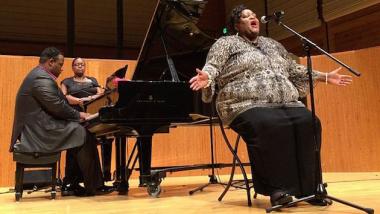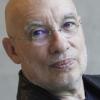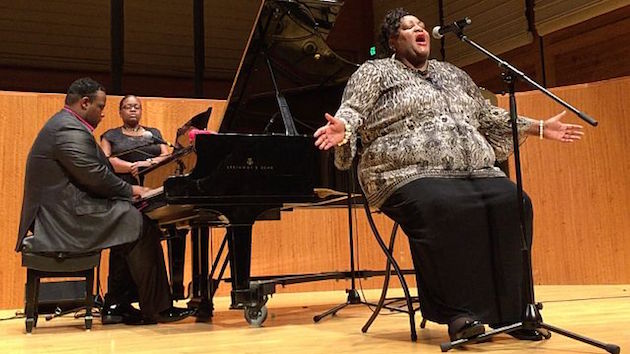
“One Larynx, Many Voices” Celebrated at Pacific Voice Conference
The human voice is a miracle in many ways, only one of which we hear from a glorious singer in the opera house. Training, coaching, and developing a voice is another arena, as is the protection and treatment of the voice.
It’s been over a quarter century since Krzysztof Izdebski initiated a Bay Area-based but international, interdisciplinary meeting of physicians, voice coaches, singers, instrumentalists, even a journalist or two so that they may — ahem — voice their interest in the sounds produced by humans.
It is indeed the 25th annual Pacific Voice Conference, culminating in a concert on Oct. 15 in the S.F. Conservatory of Music Concert Hall, with the catchy title of “One Larynx, Many Voices.” The conference requires registration; the concert is open to the public. Admission is $10.
Of the nature and importance of the voice, Izdebski has said:
We take voice for granted until it is lost. The reason is that it’s sort of automatic. We really do not struggle to make it, until we are confronted with dysphonia, or the voice problem. And then, it’s something big: Just try to go about daily life without using your voice.
Voice is a tool of communication, a tool of labor, a tool for artistic expressions, and a tool for creating advertising or propaganda. Voice sells products. Historically, voice was used to order soldiers to leave the trenches and engage in battle. Voice quality is also associated with gender power.
Izdebski, founder and chairman of Pacific Voice and Speech Foundation, a nonprofit organization dedicated to voice and speech dysfunction, is also a co-founder of the World Voice Consortium, an international body of individuals and institutions dedicated to the study and care of the human voice.
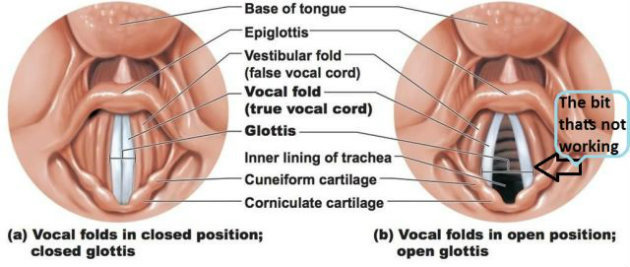
The conference subject this year is “Innovations in Care and Pedagogy of the Artistic Voice,” and participants include Conservatory President David H. Stull, SFCM Voice Department Chair César Ulloa, Marika Kuzma of UC Berkeley, speech pathologist Barbara Buchanan, Dr. Brian Nuyen of Stanford University Medical Center, Dr. Steven J. Younger of California Pacific Medical Center, Lee Strawn of SF Sings, Lisa Wentz of SF Voice Center, and many others.
The focus of attention for this year’s conference, Izdebski says, is “how to prevent injuries and be more efficient in production of voice based on objective measures and exponential technology.”
Workshops deal with subjects such as “Voice and Alexander Technique,” “Counseling atypical cases of music performance anxiety,” “What to do when re-training an injured singer.”
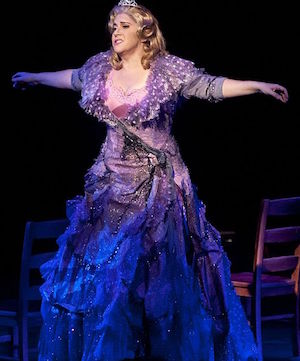
The concert features pianists Kurt Erickson and Nate Dittle, bass Kai Eckhardt, virbophonist Dillon Vado, guitarist Ian Faquini, singers Matthias Grunau, Sandy Cressman, Natasha Czajka, and others.
Heidi Moss Erickson is a triple-threat at the conference — the soprano performs in the program, she is a new board member of Pacific Voice, and as a scientist and somebody dealing for a decade with a severe version of Bell’s Palsy, she lectures about her research into singing with compromised facial muscle function: “Half of my face is dysfunctional from aberrant nerve rewiring post-Bell’s Palsy. The positive result is that I am a walking ‘control’ experiment for many previously held dogmas in singing.”
She praises Izdebski’s work in putting these events together:
Many teachers, singers, and performers work in isolation; staying close to their comfort zone of understanding and exploration. However, I believe progress comes from cross-pollination: all of these diverse fields coming together give each branch a different understanding in the field of singing and voice science. It is this synthesis that will yield the greatest progress and safety for all vocal artists.
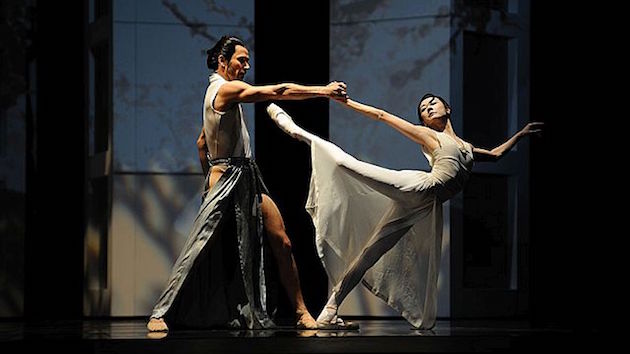
RAkU Documentary at S.F. Dance Film Festival
Dance films, relatively rare though they are, will be present in great profusion at the 8th annual San Francisco Dance Film Festival and associated events in October. 100 films about dance in the Bay Area and around the world will be shown in the Brava Theater Center and other venues between Oct. 19 and 22, with special screenings on Oct. 5 and 12, and an exhibition of art/experimental films running now through Oct. 28 in the Catharine Clark Gallery.
The festival will present the world premiere of Fire and Ashes: Making the Ballet RAkU, documenting the creation of Yuri Possokhov’s ballet in San Francisco, which was set to Shinji Eshima’s music, and created on S.F. Ballet prima ballerina Yuan Yuan Tan, who gave a career-defining performance. (Brava Theater, 7 p.m. Oct. 20)
Set in historic Japan, the ballet is based on a true event, the burning of the Temple of the Golden Pavilion in Kyoto by a disturbed monk tormented by its supreme perfection. It is a tale filled with passion, lust, unspeakable loss, pain, and compassion. Eshima says of the documentary:
It was so important to film the original cast and time was running out. It is a bit of a miracle that it happened at all as the film was privately funded by those who really love the dancers and Yuri.
It became a labor of love and it shows in both the direction of Shirley Sun and of the director of photography, Jesse Eisenhardt. It is often difficult to translate a live ballet to film, but this film is transformative, creating new perspectives and even deeper emotions. It was an honor to be part of it.
Among the top attractions of the festival is After You’re Gone (Brava Theater, 1 p.m. Oct. 21), a feature-length film portraying acerbic, retired Bolshoi dancer Aleksey Temnikov — played by the Russian film star Sergey Bezrukov, one of Russia’s most celebrated actors — as he struggles to reconcile his tumultuous life and create a lasting work after being diagnosed with a degenerative and fatal condition.
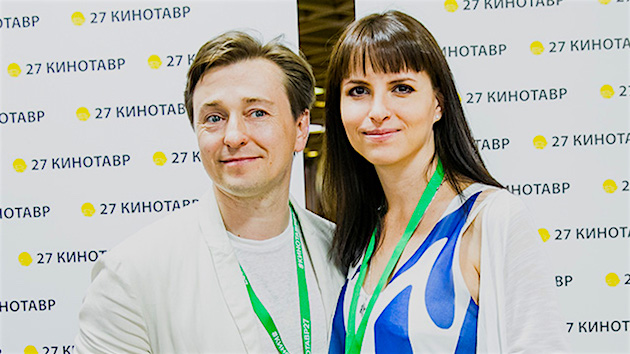
The film commissioned a new ballet, choreographer Radu Poklitaru’s Symphony in Three Movements, which is now included in the Mariinsky Ballet repertoire. Valery Gergiev appears as himself in the film. The director is Anna Matison, Bezrukov’s wife, whose films include the 2016 Prokofiev: On the Way.
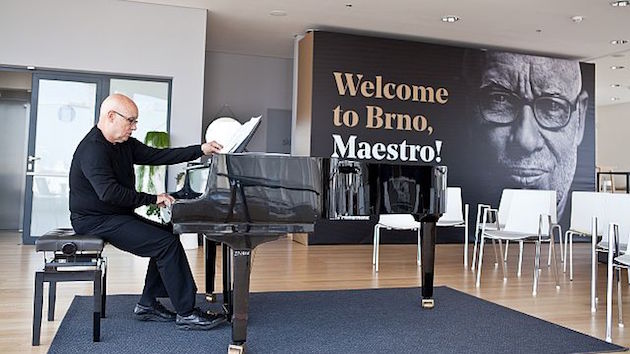
American New Music Specialist to Head Brno Philharmonic
From the early days of the Cabrillo Music Festival of Contemporary Music, which was still at its Aptos birthplace, to the sublime Brno Philharmonic in the Czech Republic today, Dennis Russell Davies has headed orchestras around the world for 48 years. With a new contract assuring him of reaching the 50-year mark of an uninterrupted career as music director, Davies, 73, will be in the august, never-unemployed company of Leopold Stokowski, Arturo Toscanini, Zubin Mehta, James Conlon, and Michael Tilson Thomas (now at year 49).
Davies was named artistic director and principal conductor of the Brno Philharmonic Orchestra last week, with a four-year contract running from 2018 through 2022. The timing coincides with the initiation of the construction phase of the Leoš Janácek Cultural Center in Brno, a state-of-the-art concert hall with a seating capacity of 1,250, which will become the Philharmonic Orchestra’s new home and is projected to open in 2020.
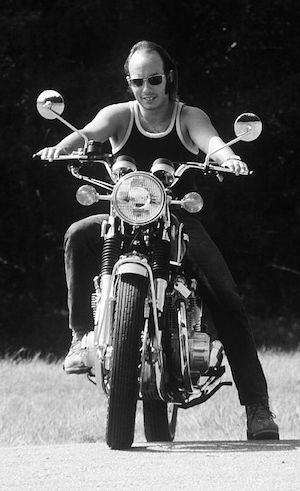
For Davies, who has just concluded his 15th and final season as music director and chief conductor of the Bruckner Orchestra Linz and Linz Opera, the Brno appointment marks the continuation of principal positions with orchestras, opera houses, and festivals in Basel, Vienna, Bonn, Stuttgart, St. Paul, and elsewhere.
Davies’s specialty is contemporary music, something he has championed since his tenure at the Cabrillo Festival. His last concert with the Brno Philharmonic, at the Prague Spring Festival, included Alfred Schnittke’s Seid nüchtern und wachet… (Faust Cantata). The next appearance with the Philharmonic, in Brno at the Easter Festival of Sacred Music in April 2018, Davies will conduct Janácek’s Glagolitic Mass, the world premiere of a work by British composer David Matthews, and Arvo Pärt’s Te Deum, which Davies conducted in its world premiere in 1985.
Davies said he is proud of the invitation:
The chance to explore, with these fine musicians, great Czech music past and present, and to bring this progressive city in contact with the many outstanding international composers and artists I have been privileged to work with over more than half a century is both an exciting and, at this point in my career, surprising development.
I am intrigued by an orchestra (and a city) that understands the role it has to play in the Czech Republic and internationally, and is not afraid to be ambitious and to take risks. My American-Midwest roots make me feel close to Moravia, and my long years at home in Linz, Upper Austria, have given me a deep appreciation for our common Central European heritage.
The chance to contribute to the development of the new Janácek Cultural Centre, with an appropriate hall for this fine orchestra, is a wonderful opportunity. I look forward to great music-making with the Brno Philharmonic.

